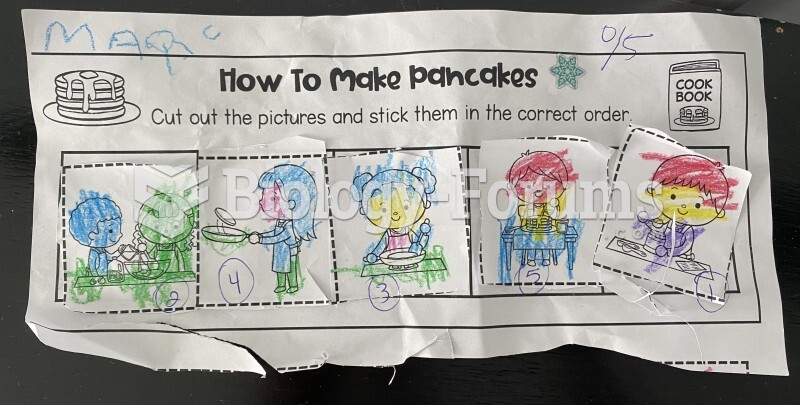Answer to Question 1
The five tips are: (1) Write a business plan with a complete financial and marketing plan. (2) Your marketing strategy should be built around your strengths, your competitors weaknesses, and your customers' desires. (3) Test the reality of your businessknow why it will work and how you will make it work. Think your business through step by step. (4) Allow at least two hours every week for thinking and planning. Do not allow anything to interfere with this time. You run the business. Don't let it run you. (5) Establish an annual operating plan. Review it and update it monthly with appropriate employees. Students opinions about the most important tip for a fashion retailer will vary.
Possible answers include lenders, fashion designers, existing fashion retailers, or fashion buyers.
SCOREs advice regarding promotion is: (1) Know why you are advertising and what you want to accomplish. Evaluate your advertising carefully and measure its effectiveness. (2) Develop appropriate sales promotion tools such as flyers, brochures, and signs. Carefully review each item for its effectiveness and evaluate what these tools say about your business. (3) Signage should be a major part of your marketing strategy. Signs are a vital part of small businesses and can be the most efficient, effective, and consistent device for generating revenue. (4) Every small business should be listed under the appropriate heading in the Yellow Pages, but not every business needs to buy expensive display ads. Be judicious. (5) Get involved in your community. Join the chamber of commerce, business organizations, service clubs, and charities. Network yourself and keep your antennae up.
Answer to Question 2
Before September 11, garments sales for the first six months of the year were off 3.1 from the same period in 2000. The forecast for 2001's Christmas sales at that time was for low, single-digit gains.
The goods sold at these stores are seen as luxuries, the purchase of which could be postponed; in the months following the attacks, many Americans disdained such ''unnecessary'' purchases. In addition, tourists account for a large portion of sales at these stores, and tourism in New York City fell sharply in the weeks and months following the attacks.
New York City is headquarters for many international brands and fashion houses. The September 11 attacks destroyed or damaged hundreds of thousands of square feet of retail space in Lower Manhattan, an estimated 400,000 square feet in the World Trade Center alone.







